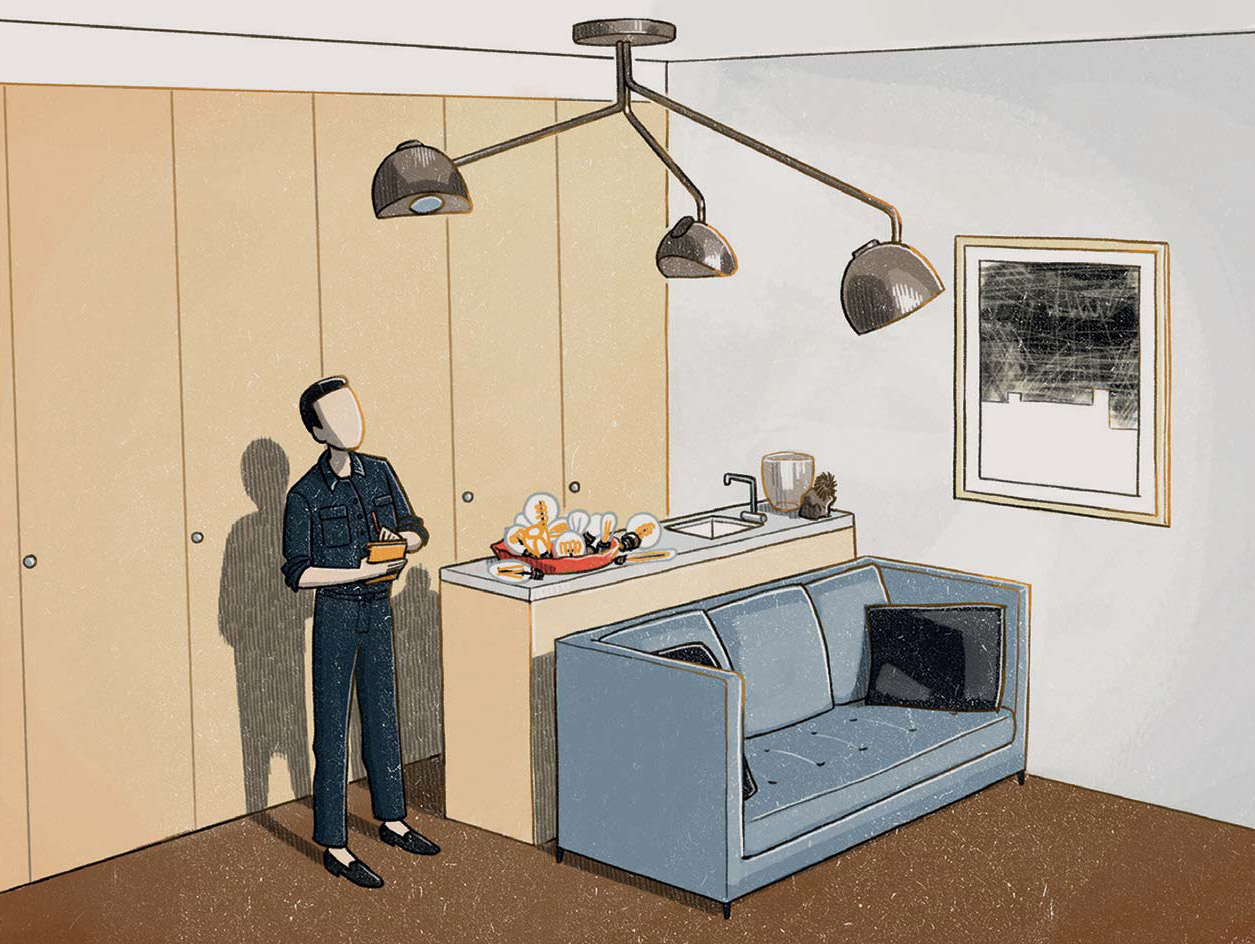Quality time: Picky Nicky and friends insist we should embrace ageing

During a lecture for her ‘Breathing Colour’ exhibition at London’s Design Museum, Hella Jongerius, a lifelong campaigner for more diversity in pigment and colour in industrial design, complained that heavy testing requirements in the industry suck the life out of colours, which are designed to remain stable for decades. ‘We all like the patina of second-hand furniture, we all like when it has a bit of life in the colours or the materials,’ she said. Objects that hint at their past are so much more interesting, but many contemporary products will never deliver such pleasure.
Jongerius’ point really resonated with me. Sadly, everywhere we look nowadays, nothing really ages. Every surface is flat, covered in a layer of gloss to stop it fading, scratching or coming into contact with human hands or life itself. Materials that should live and breathe are frozen under a coating of silicone, PVC or acrylic. Leather has its natural grain removed and a replica stamped in its place, to look more regular.

Roman number: I’m currently craving a Roman marble bust, like this one of a young man, dating from around the 3rd century AD, from Mayfair’s Kallos Gallery.
It’s then coated, so no client will ever return it because it changed colour with touch or time, even though naturally tanned leather deepens over time in a beautiful way. Wood, a fibre that absorbs humidity as it breathes, should never stay still, yet today is more often than not just a slither of laminate atop a composite such as MDF. It’s then coated so much that it loses its tactile quality and may as well be fake. Even silk is coated with silicone, as it is considered too fragile after being stripped of most of its protein to get to its glossy core during processing.
It was David Chipperfield who changed my perception on ageing in architecture when Berlin’s Neues Museum reopened in March 2009, the building’s complex history visible in its very fabric, which was repaired, conserved, restored and recreated so artfully. And it is Vincenzo De Cotiis, with his innovative appropriation of salvaged and reclaimed materials, complete with signs of age and use, who fine-tuned my appreciation of patina. His designs are often achieved through re-appropriation of used textile, metal, wood, leather and stone. Although the original pieces are often unrecognisable in his final work, the age and use is always left visible as he uncovers beauty in imperfection and life.

Dark materials: This desk by Vincenzo De Cotiis is made of black recycled fibreglass, marble and antique silvered brass. ‘DC1708’ desk, price on request.
Better with age
Fabrics
High thread-count cotton bedding and men’s poplin shirts should improve the more you wash them – if they don’t, change your supplier.
Tokyo’s Second Skin has developed a natural silk without any silicone coating that stays soft even after extended washing.
Wood
Look for items crafted from solid wood rather than laminate, from makers such as Ceccotti Collezioni and bed specialist Hästens.
Finishing is everything: a wooden object from Bottega Ghianda has more time invested on its hand-finishing than its construction.
Leather
Look for irregular grain in leather goods. If it’s the same all over, it is likely to be stampened.
Vegetable-tanned skins are best for upholstery, as they are more tactile and improve with use.
Buy for the long term. As Jean-Louis Dumas once said, ‘Hermès is different because we are making a product that we can repair.’
As originally featured in the December 2017 issue of Wallpaper* (W*225)
Receive our daily digest of inspiration, escapism and design stories from around the world direct to your inbox.
Also known as Picky Nicky, Nick Vinson has contributed to Wallpaper* Magazine for the past 21 years. He runs Vinson&Co, a London-based bureau specialising in creative direction and interiors for the luxury goods industry. As both an expert and fan of Made in Italy, he divides his time between London and Florence and has decades of experience in the industry as a critic, curator and editor.
-
 Is the Calibri typeface 'woke'? We asked its designer
Is the Calibri typeface 'woke'? We asked its designer'It's more a compliment than something bad for me,’ says the Dutch type designer Lucas de Groot
-
 The Wallpaper* Design Awards are back in 2026 – see who's shortlisted
The Wallpaper* Design Awards are back in 2026 – see who's shortlistedOur annual design awards returns in January – here are the first shortlisted nominees
-
 RIBA House of the Year 2025 is a ‘rare mixture of sensitivity and boldness’
RIBA House of the Year 2025 is a ‘rare mixture of sensitivity and boldness’Topping the list of seven shortlisted homes, Izat Arundell’s Hebridean self-build – named Caochan na Creige – is announced as the RIBA House of the Year 2025
-
 Just kidding: the superior quality of Loro Piana's baby cashmere is no joke
Just kidding: the superior quality of Loro Piana's baby cashmere is no joke -
 On the bottle: there’s nothing fantastic about plastic, says Picky Nicky
On the bottle: there’s nothing fantastic about plastic, says Picky Nicky -
 Bounty hunters: Picky Nicky’s on retail detail
Bounty hunters: Picky Nicky’s on retail detail -
 The Vinson View: design luminaries switch Picky Nicky on to his bulb blunders
The Vinson View: design luminaries switch Picky Nicky on to his bulb blunders -
 Out of the closet: Picky Nicky finds that ruthless editing is the order of the day
Out of the closet: Picky Nicky finds that ruthless editing is the order of the day -
 Leading light: Armani/Casa dispatches a bright envoy to mark the launch of its new Milan store
Leading light: Armani/Casa dispatches a bright envoy to mark the launch of its new Milan store -
 It’s love at second sight: when Picky Nicky, just occasionally, miscalls it first time
It’s love at second sight: when Picky Nicky, just occasionally, miscalls it first time -
 Pillow talk: Picky Nicky lays down the law on custom bedding
Pillow talk: Picky Nicky lays down the law on custom bedding